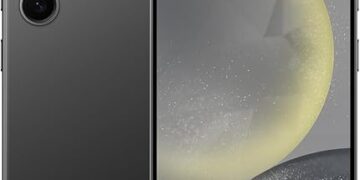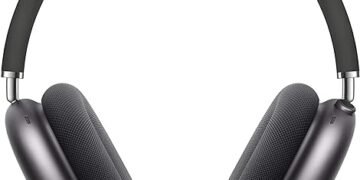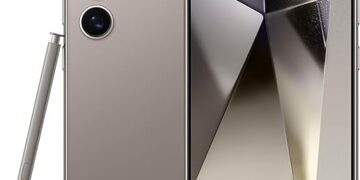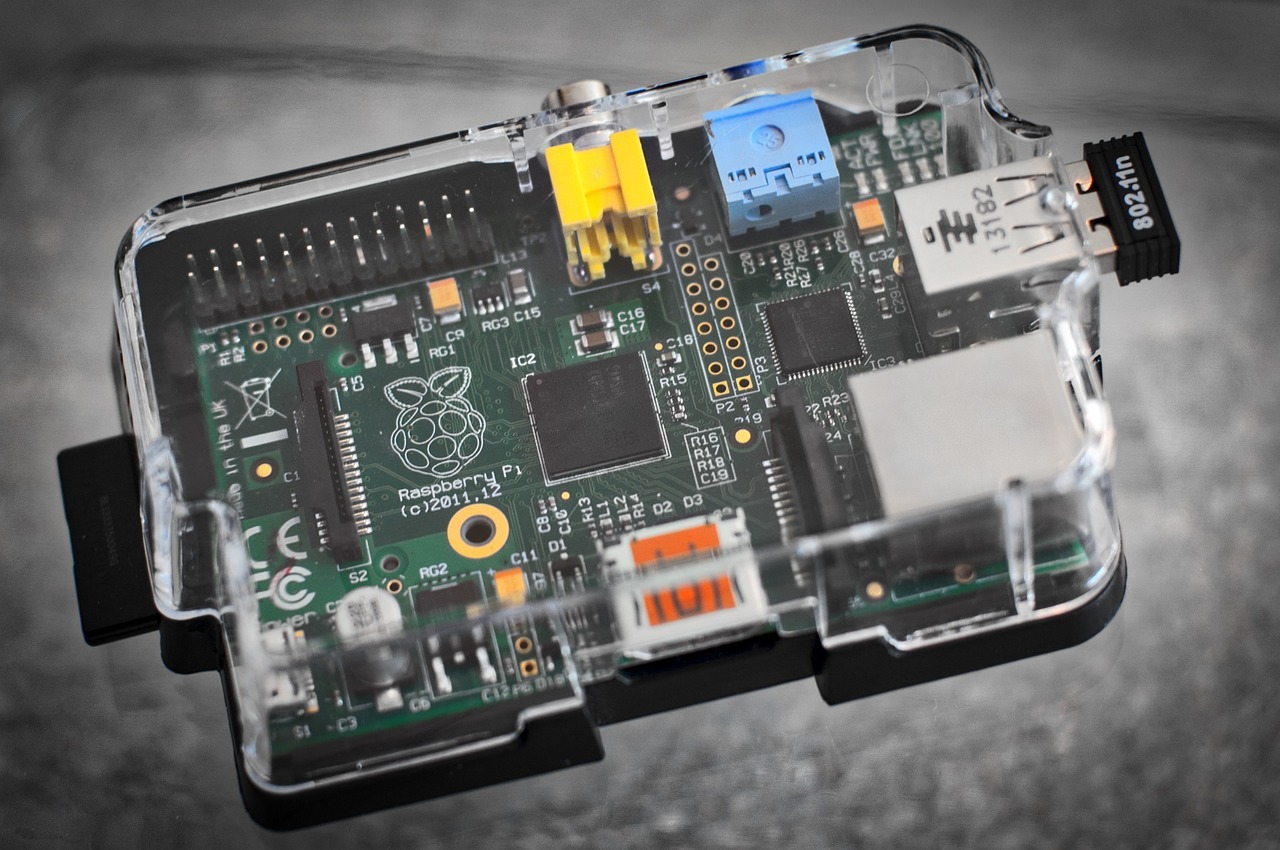Buckle up because we’ve got a story that might make your wireless connections feel a bit, well, less secure. It’s all about a new Bluetooth security hole that’s got Apple devices dancing a risky tango. Let’s dive into the nitty-gritty of this tech thriller, shall we?
1. The Discovery: Eurecom’s Bluetooth Security Hole Picture this: Researchers at Eurecom, playing the role of digital detectives, uncover a set of vulnerabilities in the Bluetooth standard. We’re talking about security holes that could let a hacker impersonate devices and set up those sneaky man-in-the-middle attacks. These vulnerabilities exist in several versions of Bluetooth, including 5.4 and 5.3, the latter of which is used in Apple’s current lineup.
2. Introducing BLUFFS: The Attack Toolkit Eurecom’s research team didn’t just stop at finding the holes; they went a step further and developed a suite of attacks called “Bluetooth Forward and Future Secrecy” (BLUFFS). These attacks exploit novel vulnerabilities in the Bluetooth standard, specifically in the session key derivation process. And guess what? They tested these attacks on 17 different Bluetooth chips, affecting a broad range of devices, including those from Apple. The impact? Large-scale and critically alarming.
3. How BLUFFS Works: A Technical Tango Let’s get a bit technical, shall we? BLUFFS attacks manipulate the Bluetooth session key derivation process, using four flaws to derive a weak and predictable session key. This allows attackers to brute-force the session encryption key in real time and conduct live attacks on communications between devices. The key issue here is that Bluetooth allows certain values in this process to be set unilaterally, giving attackers a way to control key diversification. In simple terms, it’s like having a weak lock that a thief can easily pick.
4. Apple‘s Vulnerability: A Concerning Dance For Apple, this security gap is like a wrong step in a perfectly choreographed dance. Since the flaws are inherent in the Bluetooth architecture, all devices running Bluetooth from version 4.2 to 5.4 are vulnerable. This includes the latest iPhones, iPads, and Macs. The tricky part? There’s nothing users can directly do to fix these vulnerabilities. It’s up to device manufacturers like Apple to address these security gaps, potentially requiring changes to how they implement Bluetooth security
5. Protecting Yourself: Quick Steps to Safety While BLUFFS is part of a research project and not out in the wild (yet), it’s a wake-up call about existing flaws in Bluetooth. One immediate step you can take is to turn off Bluetooth when it’s not in use, which you can easily do on your iPhone, iPad, or Mac through the Control Center.
6. Apple’s Move: Waiting for the Patch Apple can address some of these issues with operating system patches, so it’s crucial to keep your devices updated. The vulnerabilities have been recorded in the National Vulnerability Database as CVE-2023-24023, and we’re all on the lookout for Apple’s response in their security releases document










![Apple Watch SE (2nd Gen) [GPS 40mm] Smartwatch with Starlight Aluminum Case with Starlight Sport Band S/M. Fitness & Sleep Tracker, Crash Detection, Heart Rate Monitor](https://www.tech-bit.com/wp-content/uploads/2024/06/applewatchse2ndgengps40mmsmartwatchwithstarlightaluminumcase-360x180.jpg)
















![Apple Watch Series 9 [GPS 45mm] Smartwatch with Midnight Aluminum Case with Midnight Sport Band S/M. Fitness Tracker, ECG Apps, Always-On Retina Display, Water Resistant](https://www.tech-bit.com/wp-content/uploads/2024/06/applewatchseries9gps45mmsmartwatchwithmidnightaluminumcasewith-360x180.jpg)



![Apple Watch Ultra 2 [GPS + Cellular 49mm] Smartwatch, Sport Watch with Rugged Black Titanium Case with Black Ocean Band. Fitness Tracker, Precision GPS, Action Button, Extra-Long Battery Life](https://www.tech-bit.com/wp-content/uploads/2024/10/applewatchultra2gpscellular49mmsmartwatchsportwatchwithrugged-360x180.jpg)




































